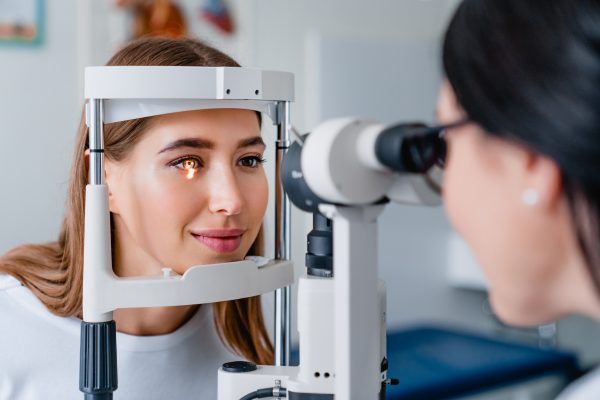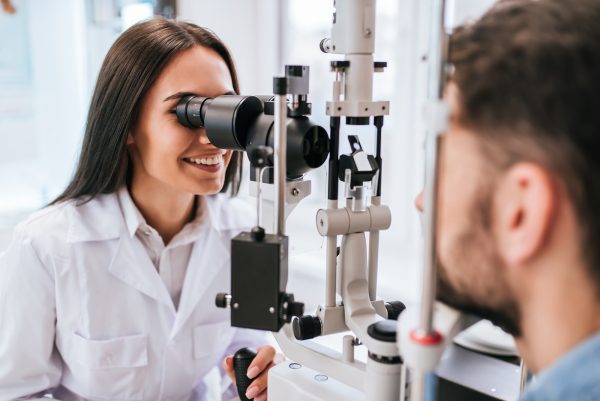LASIK Eye Surgery: A Journey Through Innovation and Sharper Vision
LASIK (Laser-Assisted In Situ Keratomileusis) surgery has revolutionized the landscape of vision correction. This remarkable procedure utilizes the precision of laser technology to reshape the cornea, the eye’s transparent outer layer, ultimately enhancing an individual’s ability to see clearly without the need for glasses or contact lenses. LASIK’s journey, from its conceptual inception to its widespread adoption, is a testament to human ingenuity and the relentless pursuit of improving visual health.
The Genesis of LASIK: Pioneering Ideas and Technological Advancements
The seeds of LASIK were sown in the late 19th century with the development of keratomileusis, a surgical technique that involved creating a corneal flap to access the underlying tissue. This innovation paved the way for further advancements in corneal reshaping procedures. In the mid-20th century, physicians began experimenting with using lasers to treat vision impairments. Dr. Ivar Romanović, a Yugoslavian ophthalmologist, is credited with performing the first excimer laser ablation on the cornea in 1965, marking a pivotal moment in LASIK’s development.
The Birth of Modern LASIK
The 1970s witnessed significant strides in laser technology, with the invention of the excimer laser. This specialized laser emits ultraviolet light that can precisely ablate (remove) microscopic amounts of corneal tissue. This precise ablation capability became the cornerstone of LASIK surgery.
The 1980s saw ophthalmologists refining surgical techniques to create a corneal flap using a microkeratome, a mechanical instrument that significantly improved the precision and predictability of flap creation compared to earlier methods. The development of the microkeratome was a crucial step in the evolution of LASIK, paving the way for safer and more predictable procedures.
The FDA Approval and the Dawn of a New Era in Vision Correction
In 1998, the Food and Drug Administration (FDA) approved LASIK for the treatment of myopia (nearsightedness) and hyperopia (farsightedness). This landmark decision marked the dawn of a new era in vision correction, offering millions of individuals the potential to achieve clear vision without corrective lenses.
LASIK Today: Continued Refinement and Innovation
LASIK surgery has undergone continuous refinement since its FDA approval. Advancements in laser technology have led to the development of femtosecond lasers, which offer even greater precision and control during corneal ablation. Wavefront technology has also been incorporated into LASIK procedures, enabling surgeons to create a customized treatment plan based on an individual’s unique corneal topography.
Beyond LASIK: A Spectrum of Vision Correction Procedures
While LASIK remains a widely popular vision correction procedure, it is not a one-size-fits-all solution. Other laser vision correction procedures, such as PRK (photorefractive keratectomy) and SMILE (small incision lenticule extraction), have emerged to address a broader range of refractive errors and corneal conditions. Consulting with an experienced ophthalmologist is essential to determine the most suitable vision correction procedure for each individual’s specific needs and candidacy.
The LASIK Procedure: A Detailed Look
LASIK surgery is typically performed on an outpatient basis in a surgical suite or an ophthalmologist’s office. Here’s a breakdown of the general steps involved in a LASIK procedure:
- Creating the Corneal Flap: Using a microkeratome or a femtosecond laser, a thin, hinged flap is created in the outer layer of the cornea.
- Laser Ablation: The underlying corneal tissue is exposed. An excimer laser precisely ablates microscopic amounts of tissue to reshape the cornea and correct the refractive error.
- Repositioning the Flap: The corneal flap is gently repositioned over the treated area, where it naturally adheres without sutures.
Benefits of LASIK Surgery
LASIK surgery offers several potential benefits, including:
- Improved Vision: LASIK can significantly enhance vision, potentially reducing or eliminating the need for glasses or contact lenses.
- Reduced Dependence on Corrective Lenses: Freedom from the inconvenience and limitations of glasses and contact lenses can significantly improve quality of life.
- Sharpened Focus and Clarity: LASIK can provide sharper vision and improved visual clarity, enhancing daily activities such as driving, reading, and participating in sports.
- Faster Visual Recovery: Compared to traditional corneal surgeries, LASIK offers a faster visual recovery time
Categories:



